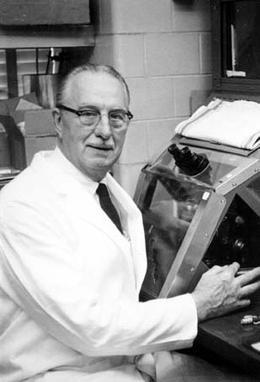Every year the gadget blogs and podcasts give their predictions for the next year. I’m watch Apple pretty closely and I think I have a pretty good feel for the next year. Here are my predictions for 2011. Let’s see how I do.
iPad
The iPad 2 comes out in April after being announced 2-3 weeks earlier. Not a lot of surptrises. It has front and back face-time cameras, weighs less, goes faster and is thinner. It will have a higher resolution screen that Apple will brand a Retina Display but it will not have the same pixel density of the iPhone 4. There wil be three versions, WiFi only, a 3g version with CDMA and a new 4G LTE version from Verizon, AT&T and eventually Sprint.
The current iPad, with the low resolution screen, no camera will live on as a low cost model at $399. With the upcoming entry of Palm, RIM and Android in to the tablet space Apple will try to suck all the atmosphere from the room by lowering the entry level price as aggressively as possible. This will upset all the other competitors pricing plans and provide less maneuvering room in the price umbrella under the iPad.
By the end of the year Apple will have sold 70 million iPads (total 2010 an 2011 sales) and have a market share of 70+%.
iPhone
iPhone 5 is introduced in June and goes on sale in July. It sports the same form factor as iPhone 4 but has a faster processor, longer battery life, and better front and rear camera. The major new feature is near field communication. Apple sticks with 16 and 32 gb memory options. Prices remain the same.
The Verizon iPhone is introduced with the iPhone 5, the first iPhone 4 for Verizon is the $99 8 gb model introduced along with the iPhone 5.
The white iPhone makes it first appearance since the 3gs as an iPhone 5.
Apple will sell a 65 million iPhones in 2011.
iOS
iOS 5 focuses on the cloud. Music and movies purchased through iTunes can now be streamed over the net. All devices tied to the same apple ID can stream the content, iMacs, Apple TV, iPods, iPads and iPhones.
iOS 5 also gets over the air updating of the OS and over the air continuous back-up, a internet enabled Time Machine back-up service. This major update will better allow iPads to be used without a computer to tether to.
Document management moves forward allowing seamless management of a single document on an iPad then desktop mac and then an iPhone. The document lives in the cloud with synced copies on all of your apple devices.
iOS 5 also adds new APIs that allow software developers to accept voice control and voice feedback for applications.
iOS 5 allows FaceTime over 3g.
Macintosh
The big story for Mac hardware will be the addition of Lightpeak to replace firewire and display port. By the end of 2011 all Macintosh’s will ship with Lightpeak. RIP Firewire.
MacBook Pros will all go SSDs. There maybe an option for a second drive, a magnetic spinning hard drive but the primary drive will be an SSD. The MacBook will continue to have a spinning hard drive further differentiating the Pro models form the baseline MacBook. This trend will continue across the iMac and MacPro lines both of which will be updated to include an SSD as the primary drive with spinning hard drives as additional drive options.
Video professionals and HD enthusiasts looking for Macs to ship with Blu-Ray will continue to be disappointed. No Blue-Ray drives will ship in any Macintosh’s.
MacOS 10.7 Lion will be announced at WWDC to be introduced in the Fall. 10.7 will introduce a new look and feel with a more iOS-like theme.
The Mac App Store will be a huge hit and will reinvigorate innovation on the PC. The amount of money most people spend on desktop apps will rise and this will intropduce many people to the creativity of the independent Mac Software developer. This will further loosen Microsoft’s and Adobe’s hold on on the software market as people get exposed to a myriad of less expensive, less complex and more focused single purpose applications.
iLife 2011 will add a new application. This application will allow hobbyists, enthusiasts and educators to create interactive content for the iPad. A Hypercard for a new era. See this post.
iPods
In September the big announcement will be that the iPod Nano adopts iOS and becomes the smallest general purpose computer. Apple will open the Nano to a specialized corner of the App store where developer focus on voice and speech for much of the interface.
iPod classic goes away and along with it the last click wheel iPod. The iPod Touch gets a version with 128 gb to replace the lost Classic.
Apple TV adds apps that primarily function as channels. So there is the National Geographic app which allows you to view NG video content on your TV.
Apple
Apple will not release a release a large screen TV or any other sized TV.
They will not make a major acquisition, though they will continue to gobble up small, engineering-focussed companies with core technologies.
The Apple-Google will not jettison Google or Google Maps.
AAPL will hit a high of $415 and finish the year at $395.







